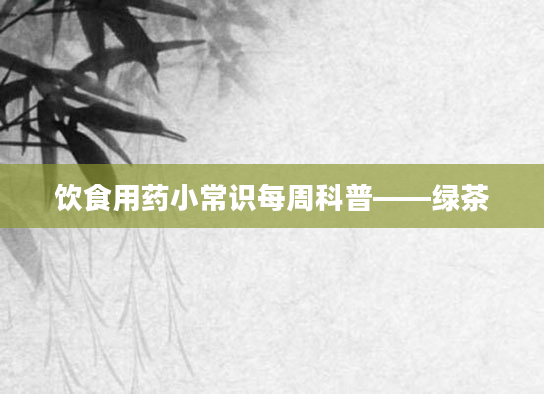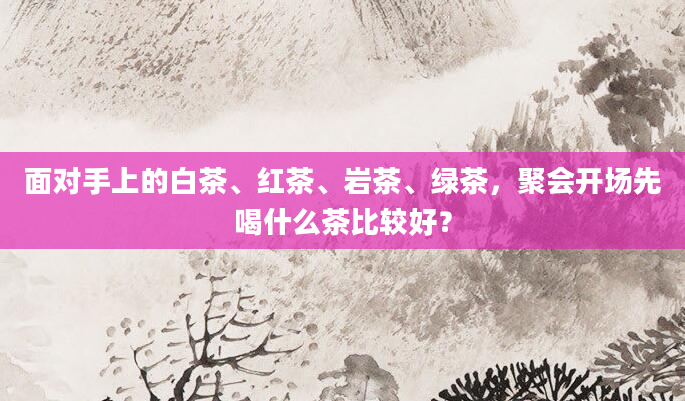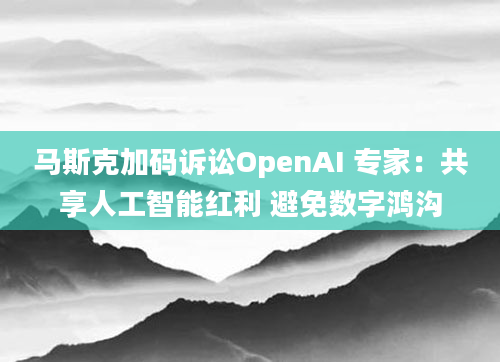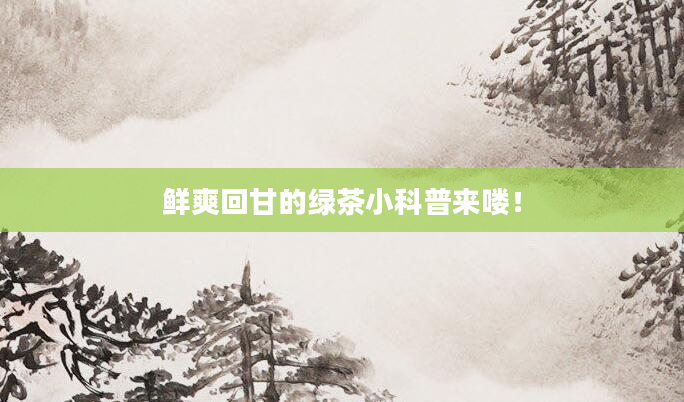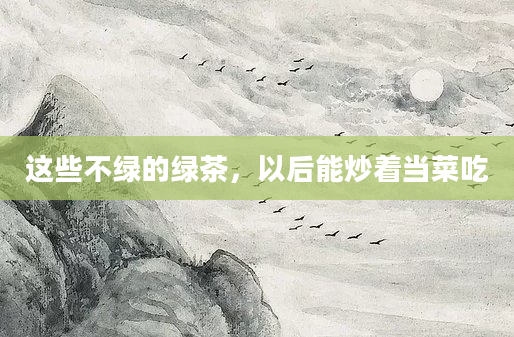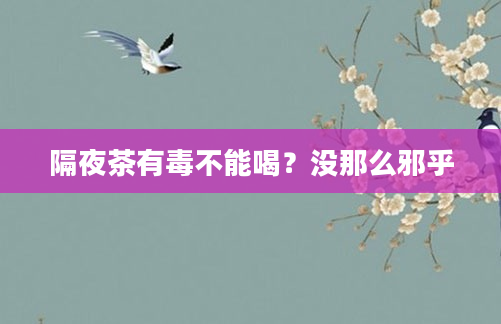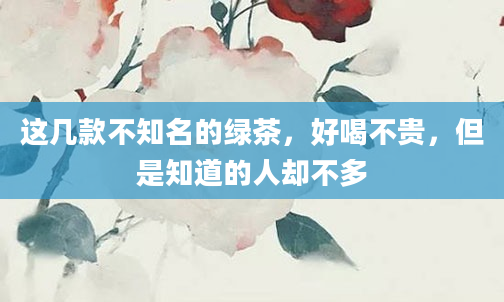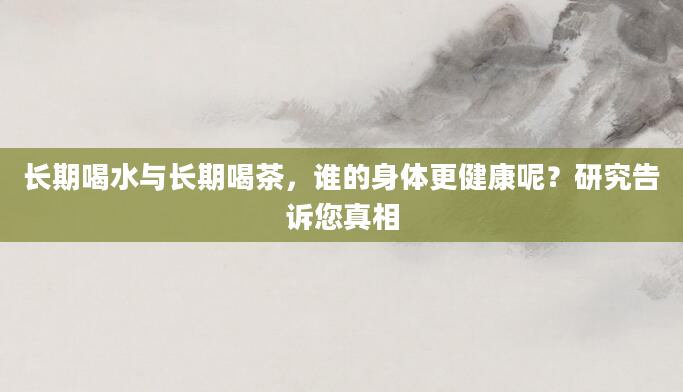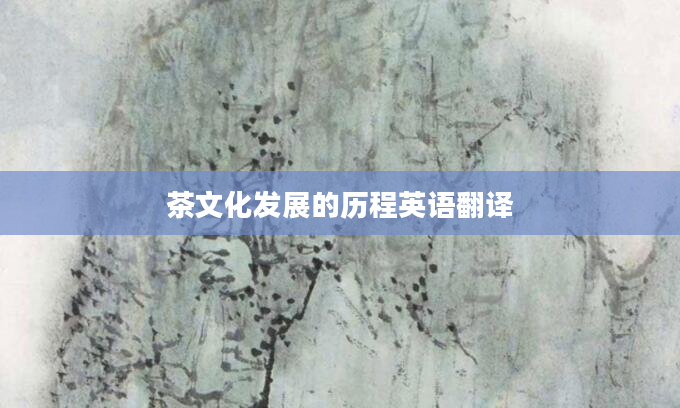
The Development of Tea Culture: A Historical Journey in English Translation Tea culture, originating in ancient China, has spread globally and evolved into a diverse tradition worldwide. This article explores the development of tea culture and provides an English translation to bridge cultural understanding, ensuring SEO-friendly content for broader accessibility. 1. Origins and Early Development Tea culture dates back to the Shang Dynasty (1600–1046 BCE), where it was initially consumed for medicinal purposes. By the Tang Dynasty (618–907 CE), tea became a daily beverage, popularized by Lu Yu’s *The Classic of Tea*, the earliest known book on tea cultivation and preparation. English translation: *"The Classic of Tea" by Lu Yu laid the foundation for tea artistry, detailing brewing techniques and emphasizing harmony between nature and human life.* 2. The Global Spread of Tea Culture From the Silk Road to European trade, tea culture expanded during the Ming (1368–1644) and Qing (1644–1912) dynasties. The British tea tradition, exemplified by afternoon tea, adapted Chinese practices into localized rituals. English translation: *"Afternoon tea symbolizes refinement, blending Chinese tea heritage with British social etiquette."* 3. Modern Tea Culture and Translation Challenges Today, tea culture ranges from Japanese matcha ceremonies to Taiwanese boba tea innovations. Accurate English translations help preserve cultural nuances. For example: *"The Japanese tea ceremony (茶道, ‘chadō’) embodies mindfulness, where every gesture reflects respect and tranquility."* 4. SEO Optimization Strategy To enhance visibility, keywords like "tea culture history," "English translation of tea terms," and "global tea traditions" are integrated naturally. For instance: *"Understanding ‘gongfu tea’ (工夫茶) requires translating not just words, but the philosophy of patience and skill."* 5. Conclusion The evolution of tea culture reflects humanity’s quest for connection. Through precise English translations and SEO-conscious content, this rich heritage becomes accessible to a wider audience, fostering cross-cultural appreciation. Final translation example: *"From ancient Chinese rituals to modern global trends, tea culture transcends language barriers—a sip of history unites us all."* By combining historical insights, accurate translations, and strategic keywords, this article serves as both an educational resource and an SEO-optimized gateway into the world of tea.

